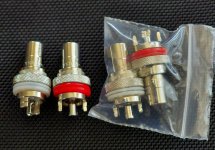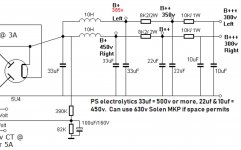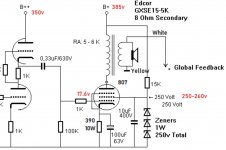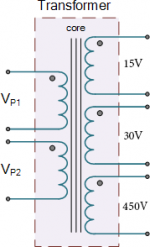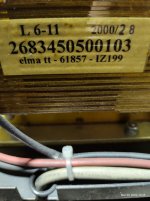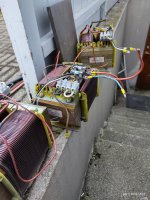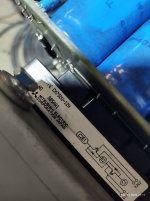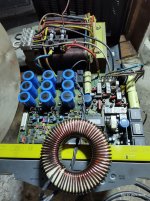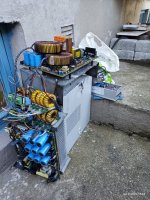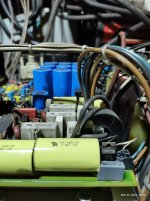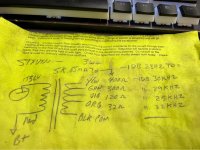I'm posting this in Fullrange since most Karlson enthusiasts seem to hang out here.
The below link is a recent build of mine, a high aspect ratio Karlson for 6" drivers, which I dubbed Tall K6, TK6 for short. I initially went with a midbass, but finding it unsuitable for the enclosure, I since moved to FF125K and now dual FF125K.
https://www.diyaudio.com/community/threads/karlson-tk6-k-tube.380154/
There are some measurements in the thread, but I will post the ones I think are more relevant here. A Karlson's frequency response is often pretty horrendous, being marred by peaks and nulls. I built a K12 and Super-K8 (really a K10) in the past and took measurement, but lost most of those. The SK8 had the better response, with a dip or two and no major peaking. My present TK6 is interesting as it has all the warts present, of non-negligible magnitude to boot. I though I could pin these down to standing waves easily, but am not certain after measuring acoustically VS physically.
Here is the plan for dimensional reference. The venting was originally done mid-cab through the short horizontal shelf board, but is now four 1" holes at the top of the reflector panel. The short shelf board now reaches all the way to the back panel, but has four 1.5" holes and likely does not contribute much in the way of tuning, or could I be wrong?
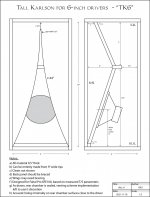
Impedance with 4 vent holes open:
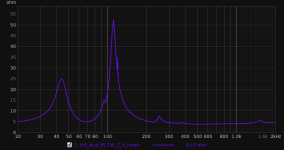
Here is the response at 50cm, cabinet elevated 25" from the floor. As all other measurements in this post, I only post the region of interest from 20Hz to 2kHz.
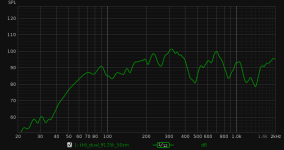
More telling to see what goes on in the lower octaves are near-slot measurements, where I place the microphone on the K-slot's plane a bit above the driver's axis, where the slot is 2" wide or so. I believe that the driver and vent responses are fully summed and room effects are mostly avoided, correct me if this assumption is wrong.
Here is the near-slot response with blocked vent holes, so sealed back.
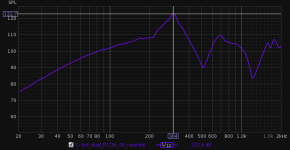
Here is the response with all 4 holes open, Fb is ~67Hz.
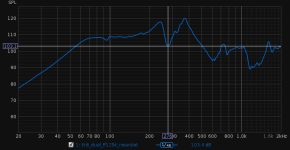
Here is the response with all 4 holes open and the wings removed, same mic position as before.
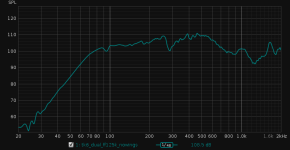
Here is the response with wings removed and microphone at the edge of one vent hole.
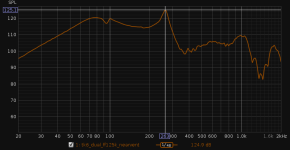
The sealed response displays the three main issues; a large peak at 300Hz and large dips at 500Hz and 1200Hz.
The ~300Hz peak:
- It's present on both sealed and vented configurations.
- It's gone with the wings removed.
- It also shows up on the near-vent trace, at high magnitude, even higher than the main vent output.
On the vented configuration, this peak is notched by what I believe is the front and back wave 180deg phase difference. This dip also shows on the no-wings trace, but the acoustic pressure is lower because of the larger opening VS wings constriction close to microphone. The peak is however gone from the no-wings, so simple cavity resonance of the front chamber? Why is it of such magnitude, I don't recall having this on SK8, which wasn't worlds apart dimensionally.
The 263Hz peak on the near-vent:
It's present as a small peak on the impedance. Peaking passed the main vent output is usually a standing wave if I understand correctly. Half-wave of 263Hz would need a ~65cm or ~26" dimension. My internal back chamber height is 20". Is it a stretch to say the slightly curvy path + bottom and top thick felt padding add to the height, making it effectively ~25" ? What else could this be?
The ~500Hz dip:
- It's present on both sealed and vented configurations. It's 515Hz for the sealed config.
- It's gone with the wings removed.
- Its depth and exact frequency changes slightly depending on how many vent holes I block, but not by a lot.
It's mostly likely a front chamber effect as taking off the wings completely kills this dip. For the sealed box 515Hz, this is half-wave for 33cm or 13" dimension. Could this correspond to driver to top of cab bounce in the front chamber, even though the one-way distance is ~9" ?
The 1200Hz dip:
This one shows up on most "normal" measurement and is fairly immutable in frequency and magnitude. I have other plots not posted here where it's the same. Even taking off the wings it's not entirely gone. This would be half-wave for ~14cm or ~5.5".
Could the typical shallow vents (board thickness) often used in Karlsons not low-pass filter enough rear-chamber interference? The XKi design's long vent seems to produce better behaved response.
I thought it would be easier to pin these on obvious culprits. The Karlson is a divisive and largely unpopular enclosure, but I like what it can do at times. If anyone cares to venture a few guesses as to my TK6-specific issues, I'd appreciate.
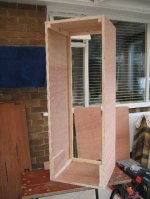
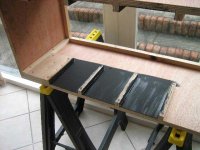




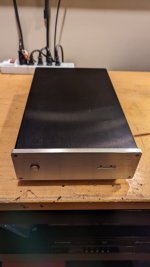

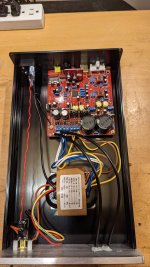
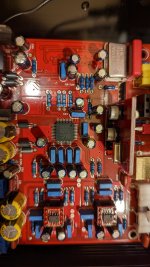
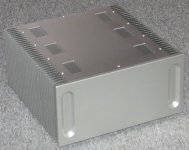
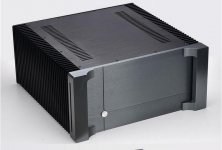
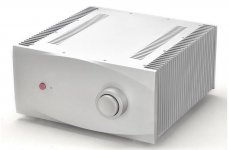
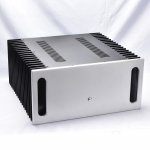
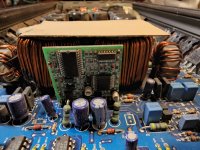







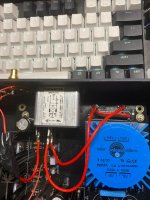



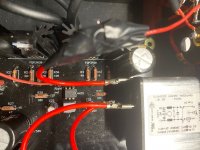
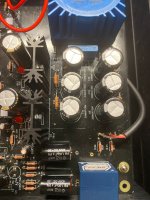
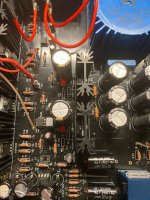
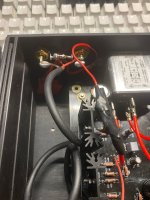
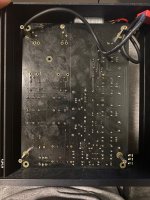

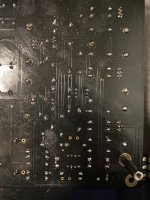
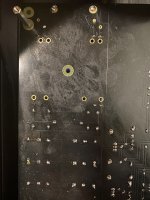
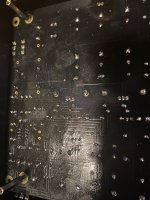
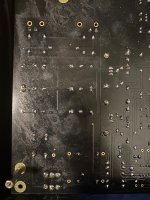
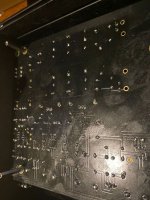

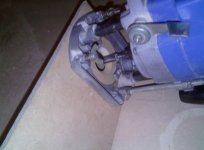
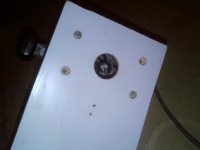
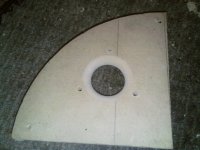
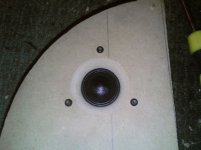
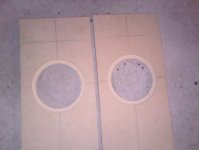

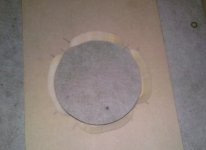
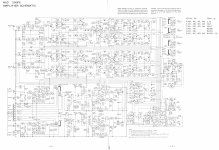
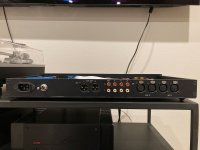
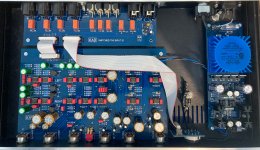


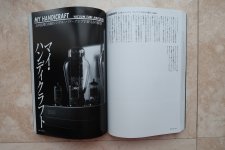
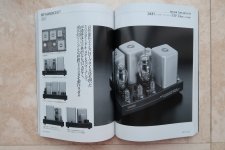
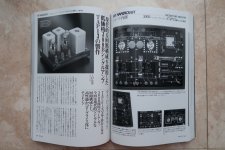

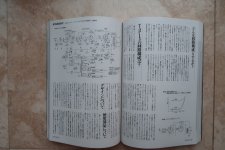
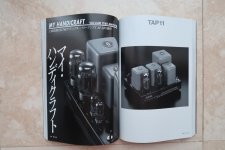
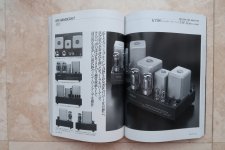
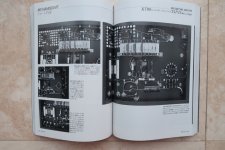
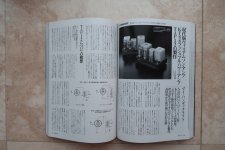
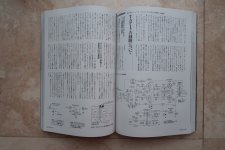
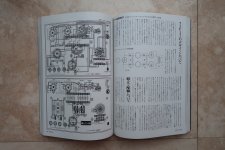
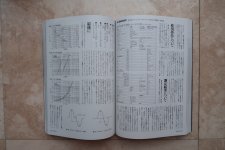
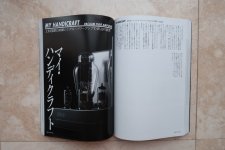
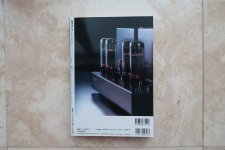
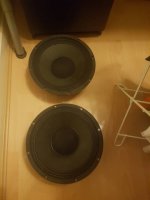
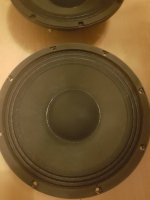
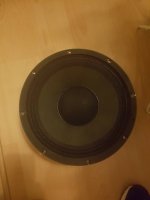
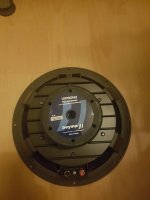
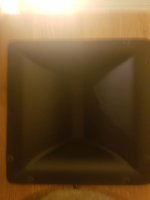
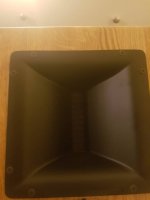
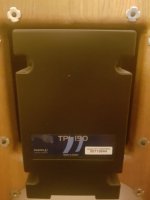
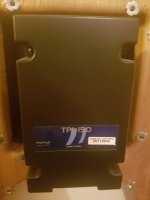

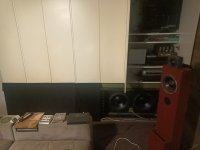
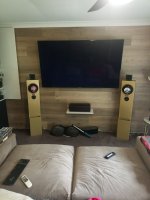
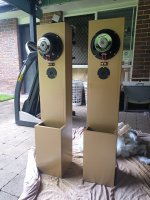
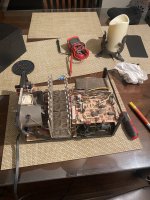
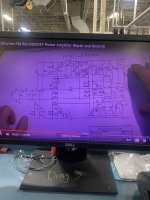
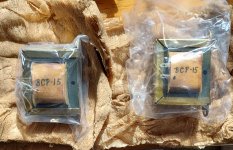
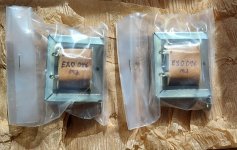

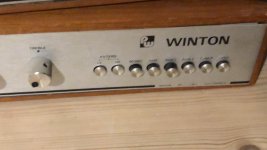

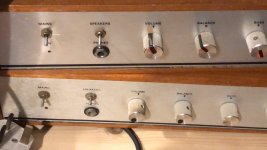
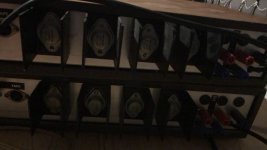
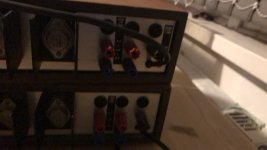
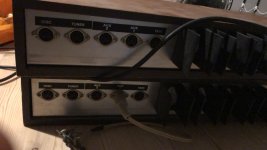
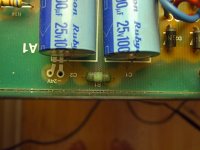
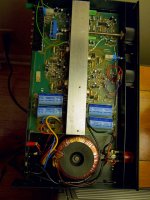
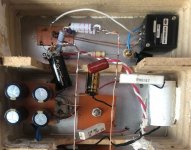
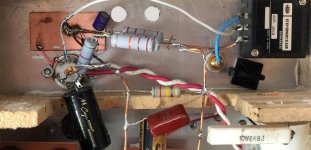
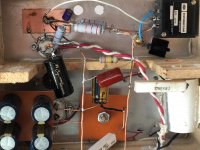
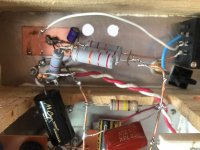
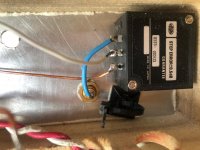
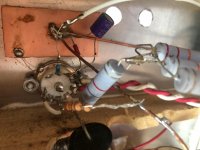
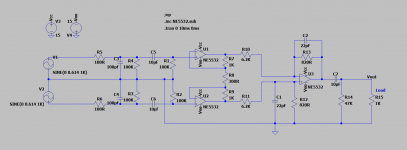
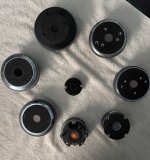

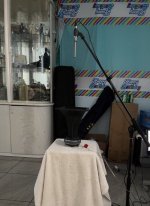
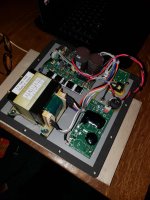
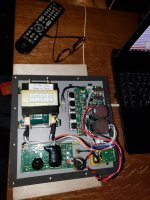
![800px-Kt88_power_tubes_in_traynor_yba200_amplifier[1] (2).jpg](/community/data/attachments/213/213596-9bde092e08cdf913ea1c879fa944a687.jpg?hash=m94JLgjN-R)
